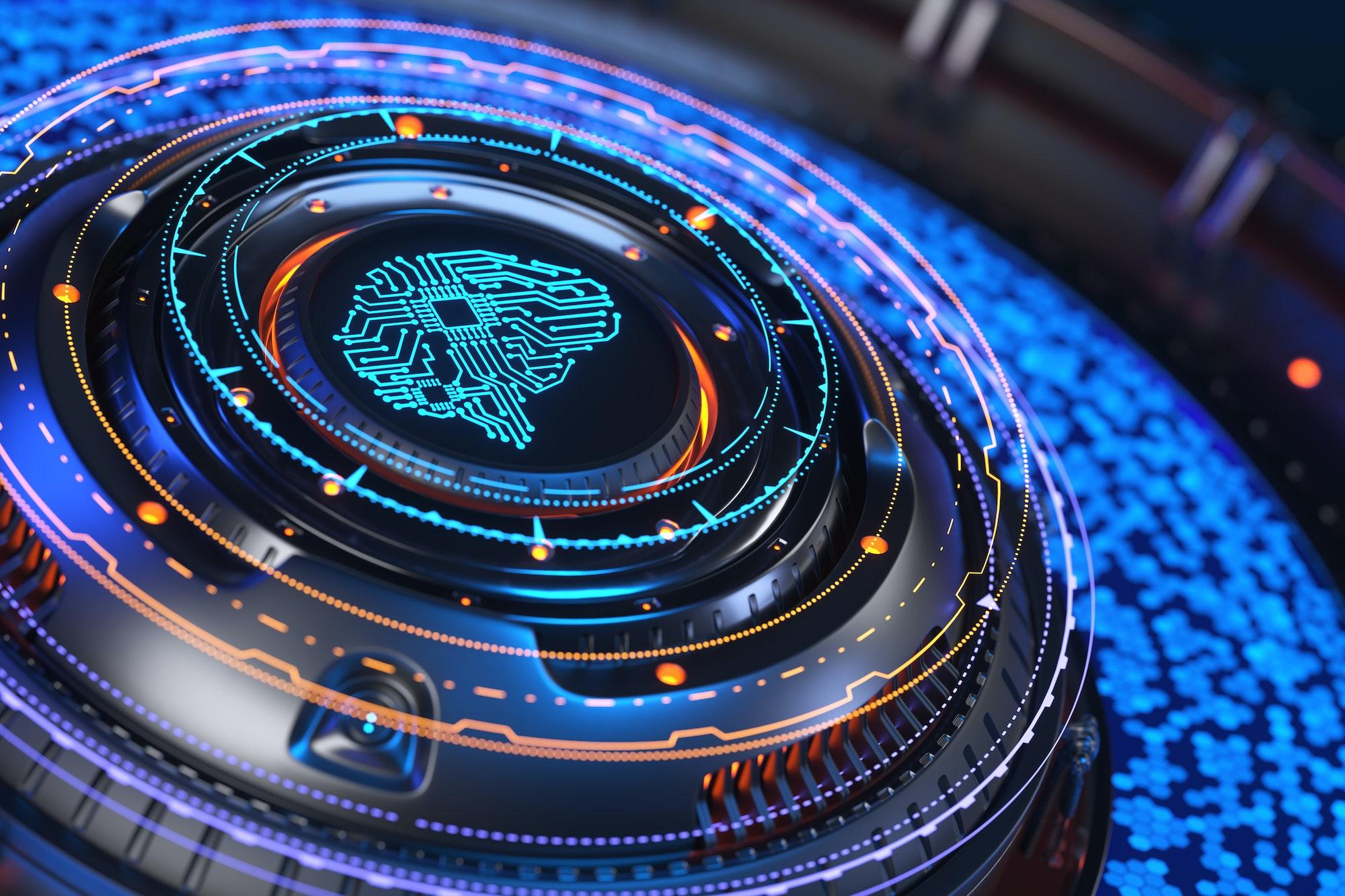
The development and implementation of AI have the potential to revolutionize industries and transform society. However, it also poses significant risks that must be addressed to ensure Artificial Intelligence is Safe and Sound. AI risks include data bias, job displacement, and the potential for autonomous weapons.
Without a proper risk assessment, management, and mitigation, these risks can have severe consequences for individuals, society, and the economy. In this article, we will explore the MECE framework for addressing AI risks and promoting ethical AI practices. We will also discuss the role of stakeholders and present case studies of the successful implementation of safe and ethical AI.
By the end of this comprehensive guide, readers will have a better understanding of how to mitigate the risks of AI and build trust in its implementation.
1- Understanding AI Risks: Types and Consequences
Artificial intelligence has the potential to revolutionize industries and transform society. But it also poses significant risks that must be addressed to ensure its safe and ethical use. In this section, we will explore the various types of risks associated with AI and their potential consequences.
– Types of AI Risks
Several types of AI risks must be addressed to ensure the safe and ethical use of artificial intelligence:
- Data Bias: AI algorithms can become biased if they are trained on incomplete or biased data sets, leading to unfair or discriminatory outcomes.
- Job Displacement: AI has the potential to automate many jobs, which can lead to job displacement for workers who are replaced by AI systems.
- Autonomous Weapons: The development of AI-powered weapons and military systems raises concerns about the potential for accidents or misuse.
– Consequences of AI Risks
Unchecked AI risks can have severe consequences for individuals, society, and the economy. Some potential consequences include:
- Unfair or discriminatory outcomes: If AI systems are biased, they can lead to unfair or discriminatory outcomes for certain individuals or groups.
- Job displacement: The automation of jobs by AI systems can lead to significant job displacement and economic disruption.
- Human rights violations: The use of AI-powered weapons and military systems can potentially lead to human rights violations and abuses.
- Loss of public trust: If AI systems are not transparent, accountable, or ethical, they can erode public trust in the technology and those who develop or deploy it.
In the next section, we will discuss the MECE framework for addressing AI risks and promoting ethical AI practices.
2- Addressing AI Risks: The MECE Framework to Make Sure Artificial Intelligence is Safe and Sound
In order to effectively address the risks associated with AI, it is important to use a structured and comprehensive approach. The MECE framework, which stands for Mutually Exclusive and Collectively Exhaustive, is a useful tool for organizing and addressing complex issues. In this section, we will discuss how the MECE framework can be applied to address AI risks.
– Mutually Exclusive
- Identifying Risks: The first step in the MECE framework is to identify all potential risks associated with AI, including both technical and non-technical risks. These risks should be mutually exclusive, meaning they should not overlap or be redundant.
- Categorizing Risks: Once the risks have been identified, they should be categorized into distinct groups based on their nature and severity. This helps to ensure that all risks are captured and can be addressed effectively.
– Collectively Exhaustive
- Assessing Risks: The next step is to assess the likelihood and impact of each identified risk. This helps to prioritize risks and determine which ones require immediate attention.
- Developing Mitigation Strategies: Based on the assessment, appropriate mitigation strategies should be developed for each identified risk. These strategies should be collectively exhaustive, meaning they should address all potential scenarios and leave no gaps.
- Implementing and Monitoring: The final step is to implement the mitigation strategies and continuously monitor their effectiveness. This helps to ensure that the risks are being addressed appropriately and that new risks are identified and addressed as they arise.
Organizations can ensure comprehensive and effective management of potential AI risks by utilizing the MECE framework to identify and address them.
3- Promoting Ethical AI Practices for a Safe and Sound Artificial Intelligence
In addition to addressing AI risks, it is important to promote ethical AI practices to ensure that AI is developed and used in a responsible and beneficial way. In this section, we will discuss some of the key practices that can help promote ethical AI.
– Transparency and Explainability
- Transparency in AI Decision-Making: AI systems should be transparent in their decision-making processes and provide clear explanations for their actions. This helps to promote accountability and allows for better understanding and trust in the system.
- Explainable AI: AI models should be designed in a way that allows for explainability, meaning that the reasoning behind the model’s decisions can be easily understood and traced.
– Fairness and Bias Mitigation is the Key to Safe and Sound Artificial Intelligence Systems
- Fairness in AI: AI systems should be designed and tested to ensure fairness and mitigate bias. This includes addressing bias in data and algorithms and ensuring that the system does not unfairly discriminate against certain groups.
- Diversity and Inclusion: To ensure AI systems are designed and tested from a broad range of perspectives and experiences, promoting diversity and inclusion in their development and deployment is key.
– Data Privacy and Security
- Data Privacy: AI systems should be designed to protect user privacy and minimize the risk of data breaches or misuse.
- Security: AI systems should be designed with robust security measures to prevent unauthorized access and protect against cyber threats.
By promoting ethical AI practices, we can help ensure that AI is developed and used in a way that benefits society as a whole. In the next section, we will discuss the role of policymakers in promoting AI safety and ethics.
4- The Role of Stakeholders in Promoting Safe and Sound Artificial Intelligence
Ensuring the safe and ethical use of AI requires the cooperation and engagement of various stakeholders, including governments, businesses, researchers, and civil society organizations. In this section, we will discuss the role of each stakeholder group in promoting safe and ethical AI practices.
– Governments
Governments play a critical role in promoting safe and ethical AI practices. Some key actions that governments can take include:
- Regulation: Governments can regulate AI development and deployment to ensure that it is safe, ethical, and transparent.
- Funding: Governments can fund research and development of safe and ethical AI practices and support initiatives that promote public awareness and education about AI risks and benefits.
- International Cooperation: Governments can work together at the international level to develop standards and guidelines for safe and ethical AI practices.
– Businesses are Key Players in Promoting Safe and Sound Artificial Intelligence
Businesses that develop or use AI systems also have a significant role in promoting safe and ethical AI practices. Some actions that businesses can take include:
- Ethical Guidelines: Businesses can develop and adhere to ethical guidelines for the development and deployment of AI systems.
- Transparency: Businesses can ensure transparency in their use of AI systems and provide clear explanations of how AI systems work and the data they use.
- Accountability: Businesses can be accountable for the outcomes of their AI systems and ensure that they are fair and unbiased.
– Researchers’ Role in Safe and Sound Artificial Intelligence Systems
Researchers play a critical role in developing safe and ethical AI systems. Some actions that researchers can take include:
- Ethical Considerations: Researchers can consider the ethical implications of their work and ensure that their research is transparent, accountable, and addresses potential AI risks.
- Collaboration: Researchers can collaborate across disciplines to develop comprehensive solutions for addressing AI risks.
- Education: Researchers can promote public awareness and education about AI risks and benefits and engage with stakeholders to build trust in the technology.
– Civil Society Organizations for a Safe and Sound Artificial Intelligence System
Civil society organizations also have a role to play in promoting safe and ethical AI practices. Some actions that civil society organizations can take include:
- Advocacy: Civil society organizations can advocate for policies and regulations that promote safe and ethical AI practices.
- Monitoring and Oversight: Civil society organizations can monitor the development and deployment of AI systems and provide oversight to ensure that they are safe, ethical, and transparent.
- Education and Awareness: Civil society organizations can promote public awareness and education about AI risks and benefits and engage with stakeholders to build trust in the technology.
5- Case Studies of Successful Implementation of Safe and Sound Artificial Intelligence
In this section, we will present case studies of the successful implementation of safe and ethical AI practices in various industries and sectors. These case studies showcase how companies are using AI for positive outcomes while mitigating potential risks.
– Healthcare
- Personalized Treatment: AI can be used to analyze vast amounts of patient data to provide personalized treatment plans and improve patient outcomes.
- Diagnostic Accuracy: AI can improve the accuracy of medical diagnoses by analyzing medical images and identifying early signs of disease.
- Drug Development: AI can accelerate drug development by analyzing complex biological data and identifying potential drug candidates.
– Finance
- Risk Management: AI can be used to identify and manage financial risks, including fraud and money laundering.
- Investment Strategies: AI can analyze market data and develop investment strategies that provide better returns with lower risk.
- Customer Service: AI-powered chatbots can provide personalized customer service and support for financial services customers.
– Transportation
- Autonomous Vehicles: AI-powered autonomous vehicles can improve road safety by reducing human error and preventing accidents.
- Route Optimization: AI can optimize transportation routes to reduce traffic congestion and improve fuel efficiency.
- Predictive Maintenance: AI can predict equipment failures and schedule maintenance to prevent breakdowns and reduce downtime.
– Education
- Personalized Learning: AI can provide personalized learning experiences for students based on their learning styles, abilities, and progress.
- Teacher Support: AI can assist teachers in developing lesson plans, grading assignments, and providing personalized feedback to students.
- Predictive Analytics: AI can predict student performance and identify students who may be at risk of dropping out or falling behind.
These case studies illustrate the potential benefits of AI while highlighting the importance of implementing safe and ethical AI practices. In the next section, we will discuss some frequently asked questions about AI risks and safety.
6- FAQs: Answers to Common Questions About Artificial Intelligence Risk and Safety
Here are some common questions and concerns related to AI risks and ethical considerations:
– What are some examples of AI risks?
AI risks include biased decision-making by AI systems, malicious use of AI for cyberattacks, and AI exacerbating income inequality or causing job displacement.
– How can we ensure that Artificial Intelligence is Safe, Sound, and ethical?
We can ensure that Artificial Intelligence is safe, sound, and ethical by following the MECE framework to address AI risks, promoting ethical AI practices such as transparency and fairness, and engaging in ongoing dialogue and collaboration between policymakers, industry, and civil society.
– What is the role of policymakers in promoting AI safety and ethics?
Policymakers play a crucial role in promoting AI safety and ethics by creating regulations and guidelines to ensure that AI is developed and used responsibly and beneficially, while also balancing the need for innovation and economic growth.
– Can AI be used for good?
AI possesses the potential to serve many beneficial purposes, such as enhancing scientific research, improving healthcare outcomes, and increasing efficiency in various industries.
– Will AI replace human jobs?
AI has the potential to automate certain tasks and jobs, which may lead to job displacement in some industries. However, it is also expected to create new job opportunities and improve productivity in many sectors.
– How can we address concerns about AI taking over the world?
Current AI capabilities do not support concerns that AI will take over the world, as such worries are often based on science fiction. Engaging in open and transparent dialogue about the risks and benefits of AI and guiding AI development and deployment with ethical considerations and human values is crucial to address these concerns.
Conclusion
AI has enormous potential to improve our lives and tackle some of the world’s biggest challenges. However, this potential must be balanced against the risks and ethical considerations involved in AI development and deployment.
By following the MECE framework, promoting ethical AI practices, and engaging in ongoing dialogue and collaboration, we can ensure the responsible and beneficial development and use of AI.
Policymakers, industry, and civil society all have a critical role to play in this process, as we work towards a future where AI is safe, transparent, and aligned with human values. With these efforts, we can continue to harness the power of AI for the greater good.
Also, don’t forget to read our curated list of top Artificial Intelligence eBooks to empower your AI knowledge.













